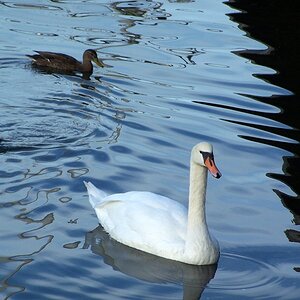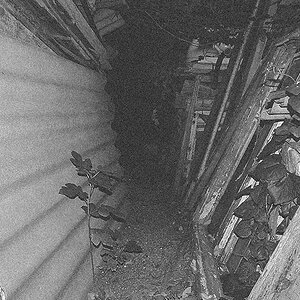- Joined
- Mar 29, 2016
- Messages
- 14,860
- Reaction score
- 8,315
- Can others edit my Photos
- Photos NOT OK to edit
My Nikon 105 f/2.5 is the original 1959 version. Works great.
Leica & Konica via for the first release of an auto focus lens/camera in the 1970-78 range. Pentax hit the street in 1981, and it was 1983 before Nikon would come out with Auto Focus. Aperture control was manual as well. How are you "communicating" with a lens with no means of "communicating"?
Last edited:


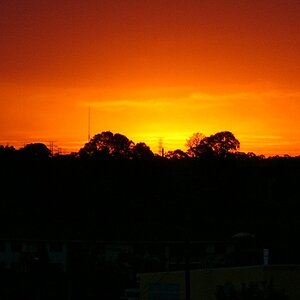
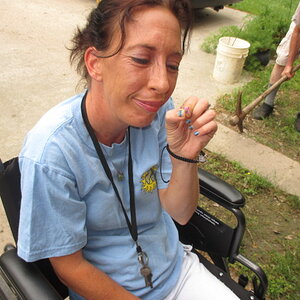
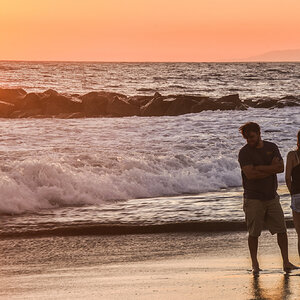

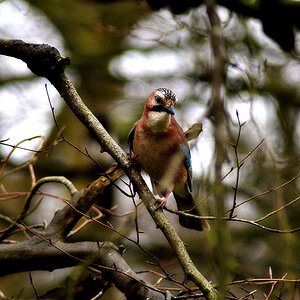
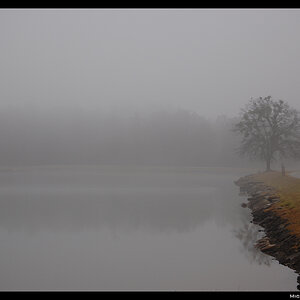
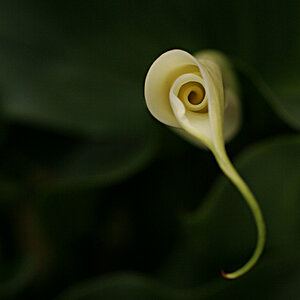
![[No title]](/data/xfmg/thumbnail/39/39440-bc17565eb7adee7f9859c53933e8543c.jpg?1619739033)
